Milkweed
Latin Name: Asclepias spp.
Appearance and Habitat
Wild milkweed is prolific here at Three Leaf Farm, and we’ve signed an oath to let it grow naturally wherever it chooses to support the Monarch Butterflies and other pollinators. Milkweed plants feature broad, oval leaves arranged oppositely on sturdy stems and produce clusters of small, star-shaped flowers in colors ranging from pink and orange to white and purple. The plants are known for their distinctive seed pods, which release silky-haired seeds and look like little alien pods.
Medicinal Properties
Milkweed has long been used for medicinal purposes among Native American tribes and early settlers. The roots, leaves, and sap have been found to offer medicinal value. Due to its expectorant properties, the plant is known for its potential to treat respiratory issues, such as asthma and bronchitis. Additionally, milkweed has been used as a diuretic and to address digestive issues, such as constipation and bloating. The sap has been applied topically to treat warts and other skin conditions. But be careful! Milkweed contains toxic compounds, and its medicinal use should be approached with caution and under the guidance of a knowledgeable practitioner.
Cultural Significance
Milkweed holds significant cultural importance, particularly in Native American traditions. It was utilized not only for its medicinal properties but also for its fibers, which were used to make cords, ropes, and textiles. The plant also played a role in various ceremonies and rituals. In modern times, milkweed is recognized for its critical ecological role as the primary host plant for monarch butterfly larvae. Conservation efforts often emphasize the importance of planting and preserving milkweed to support the declining monarch butterfly population. Check out www.monarchwatch.org to learn more and to get some free milkweed seeds!
Magical Properties
In folklore and magical traditions, milkweed is associated with protection and transformation. The plant's ability to attract monarch butterflies, creatures symbolizing transformation and change, has imbued it with a sense of magic and metamorphosis. Milkweed is believed to ward off negative energies and offer protection when planted around the home. It is also used in spells and rituals aimed at invoking change, growth, and personal evolution. The silky seeds, carried by the wind, are seen as messengers, carrying wishes and intentions to the universe
Contraindications
Milkweed contains cardenolides, which are toxic compounds that can affect the heart. Ingesting large quantities of milkweed can lead to symptoms of poisoning, including nausea, vomiting, diarrhea, and in severe cases, cardiac issues. Therefore, it is essential to exercise caution when using milkweed for medicinal purposes and to avoid its use during pregnancy and breastfeeding. Individuals with preexisting heart conditions or those taking cardiac medications should refrain from using milkweed.
References
USDA. "Asclepias spp. (Milkweed)." USDA PLANTS Database. Available: https://plants.usda.gov/home/plantProfile?symbol=ASCL
Moerman, D. E. (1998). Native American Ethnobotany. Timber Press.
Foster, S., & Duke, J. A. (2000). A Field Guide to Medicinal Plants and Herbs: Of Eastern and Central North America. Houghton Mifflin Harcourt.
Monarch Watch. "Milkweed Guide." Available: https://monarchwatch.org/milkweed/guide
Hoffmann, D. (2003). Medical Herbalism: The Science and Practice of Herbal Medicine. Healing Arts Press.

